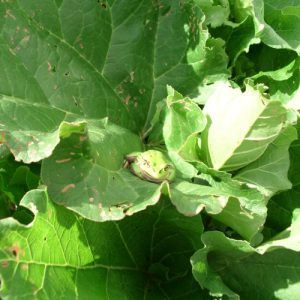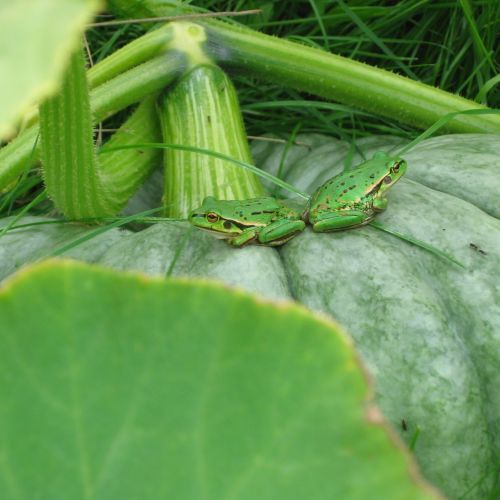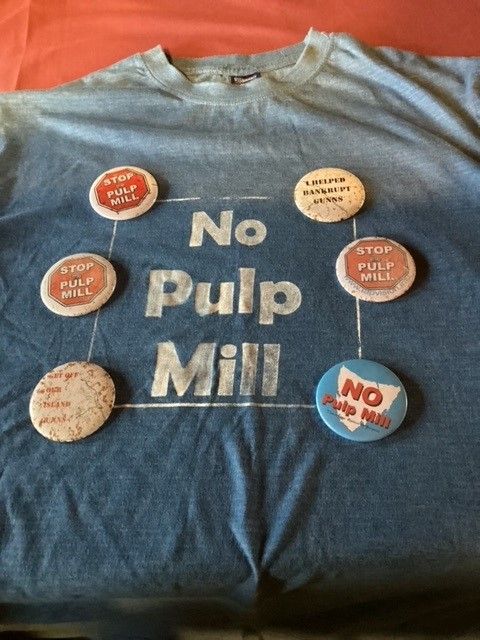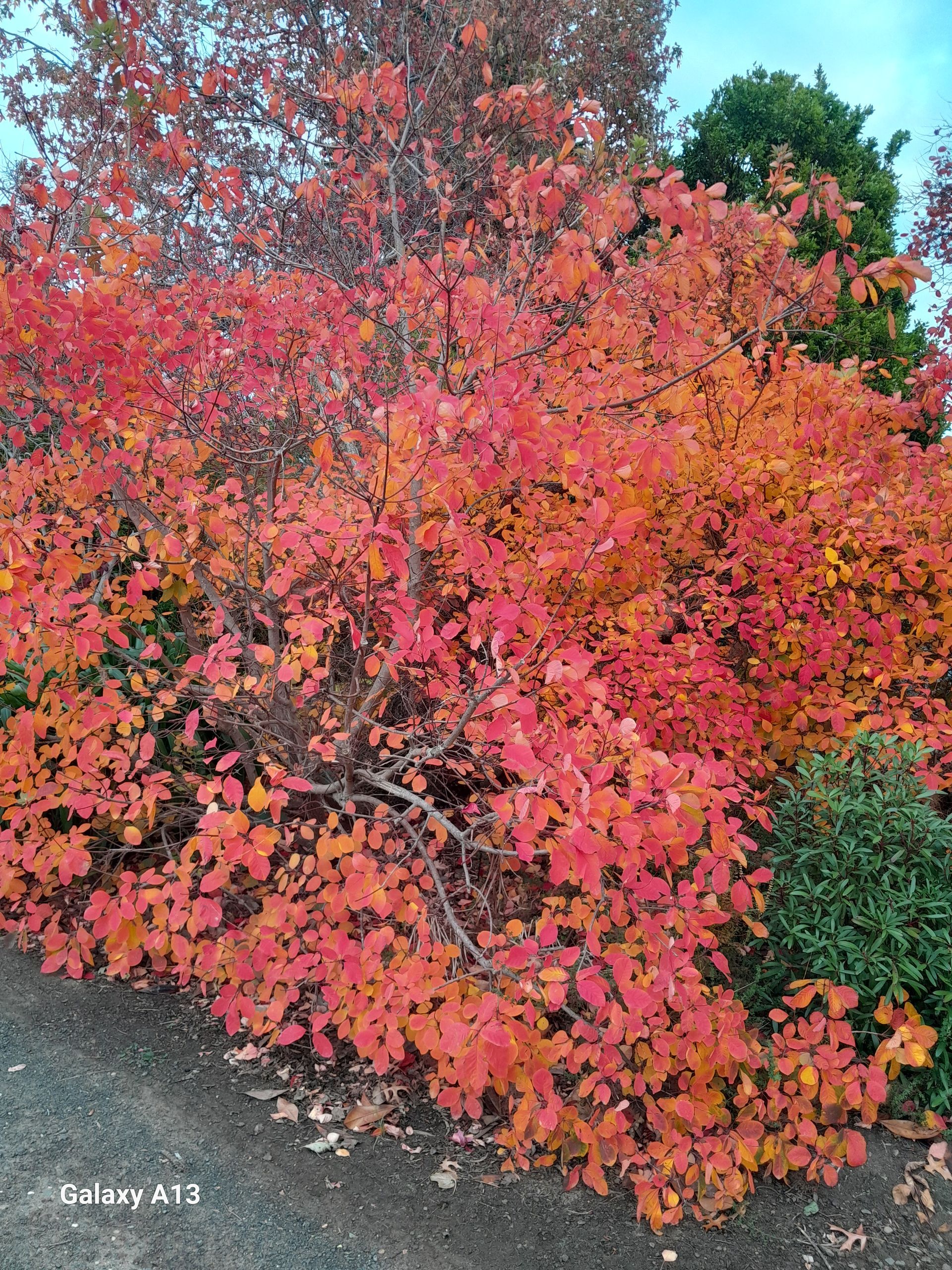We’ve always had frogs on the property, both where we are now, and at our previous place a few kilometres away. Initially though we didn’t realise the large green frogs that we regularly spotted basking in the spring and summer sunshine were becoming increasingly rare. The first inkling these frogs weren’t commonly seen was when our vet – who had something of a thing about reptiles and amphibians – showed great excitement when we casually mentioned this bizarre (to us) sunbathing habit during the course of our then-dog’s annual health check.
Paul’s eyes lit up and he immediately asked if he could come down and frog hunt on our property one weekend. Naturally we agreed, rather intrigued that he thought we were home to a creature clearly rather special.
While we learned from Paul that green and gold frogs ( Litoris raniformis ) were quite rare, it was several years later, and during the pulp mill campaign, that I learned the species was listed nationally as ‘vulnerable’ due to rapidly declining numbers. The cause was a likely combination of habitat loss, and the fatal chytrid fungus disease that has decimated frog populations globally. It seems our East Tamar community is home to a reasonably large and healthy population of green and golds – a status that proved of significant environmental importance in stopping the pulp mill. As one of several listed wildlife species whose habitat would be destroyed or disturbed by the pulp mill, pressure to up the ante to ensure the frogs’ protection provided another environmental complication for Gunns Limited during the long years of the fight to stop it.
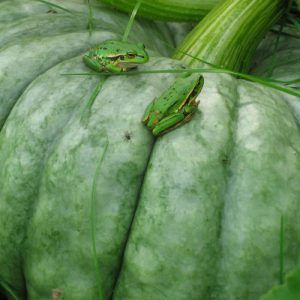
Over the years I’ve learned a lot more about green and golds, one of three frog species found in this area. Their growling call can be heard throughout spring and summer and although like all frogs they need to be near water, it was exciting to learn we had a long-term resident last year who decided to make its home in an old bath tub filled with rain water that is adjacent to the small potting shed.
We’d inherited this trough when we bought the house, and as it’s partially covered with a wide-spaced wire mesh then possibly several generations of green and golds have called it home over the years. Last year’s tenant hopped off at some point during autumn, but a week or so back we noticed a new one has moved in.
Hopefully he – or she – will decided to hang around for a while.
